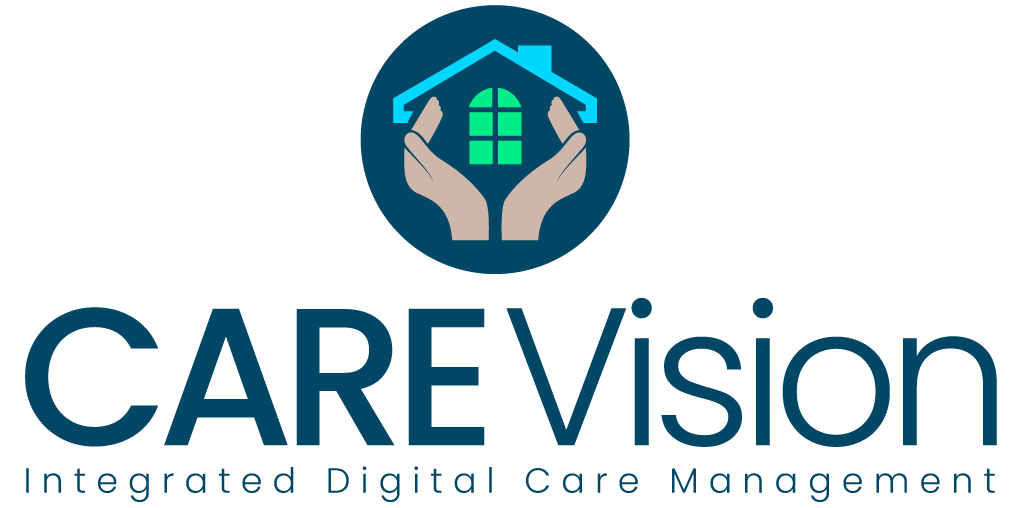There has been a lot of focus recently on helping care providers switch from paper-based records to digital care management software. The benefits are plain to see. From saving staff time by automating many laborious admin tasks to offering 24/7 access to those authorised to view records, digital care software has eased the lives of countless busy care teams.
However, it is important to not allow ‘cool’ technology to detract from providing the same quality of care to residents and patients as before the dawn of digital care planning. If the care planning systems become too complex to use or learn, any time savings will be lost through the need for lengthy training and support. Care staff will become disillusioned with them and might stop using them altogether. They will return to paper-based systems, with all their inherent flaws.
The CQC has called for digital care planning tools to be person-centred, available, secure and well-led, (SOURCE). All of these worthy principles must outweigh the temptation to develop and use overly complicated digital care software that takes too long to learn, understand and use. The best care management software is quick to pick up, intuitive to use and easy to maintain. It should combine all key tasks, including care planning, medical support, logistics and event organisation, housekeeping, HR and finance. It should not give care managers extra work or added stress.
Benefits of straightforward digital care planning
A good digital care software package captures information at the point of care to allow staff to respond to residents’ needs more quickly and effectively. There are not multiple stages to look through or icons to click to get to where you need to be on the system. Information is easily shared with the necessary people, but also safely stored to protect residents’ confidential and personal data from falling into the wrong hands. Cloud-based, digital data storage offers an encrypted method of keeping data safe that is also protected by users’ own passwords.
External specialists and organisations can also use the system to work in collaboration with the care provider to ensure residents receive seamless, integrated care wherever they may physically be. These could include hospitals, clinic and first responders, as well as therapists, pharmacists and social workers. All of this ensures that the quality of care remains high and managers and staff are not tied up with – or frustrated by – lengthy training or headache-inducing, complicated layouts.
For the residents themselves, the benefits of living in a care home that has invested in a straightforward digital care system are just as clear. Staff who can easily understand and use their care management tools will be less stressed, more cheerful and more confident in their abilities. They will also be freer to enjoy time interacting with others as they won’t need to spend hours with their head in a manual or grappling with an online helpdesk.
Residents will also know that any changes in their physical health or mental wellbeing will be accurately recorded and monitored in real-time – and shared as appropriate with those who can help. Thus ensuring continuation of care – and high-quality care at that. Data that is gathered by the digital care software can also help inform longer-term planning and research into making quality of care even better for both current and future residents. Finally, digital data takes up far less space than physical records, making room for extra resources and facilities around the care home itself.
Helping the wider community
Finally, choosing a simple, effective digital care management tool can help care managers across the healthcare sector reduce their administrative headaches and benefit from collaborative working on a larger scale. Appropriate use of people’s data can help inform and advance initiatives across a local care authority. This can ensure that care is both joined-up and relevant to the physical, mental and emotional issues arising within care home populations at any given time.
This is valuable knowledge. It can help direct funding, inform future budgeting plans and make better use of available resources to help with service management, care planning and medical research. All areas that have traditionally caused many headaches as care managers grapple with finite resources and pressurised schedules.





